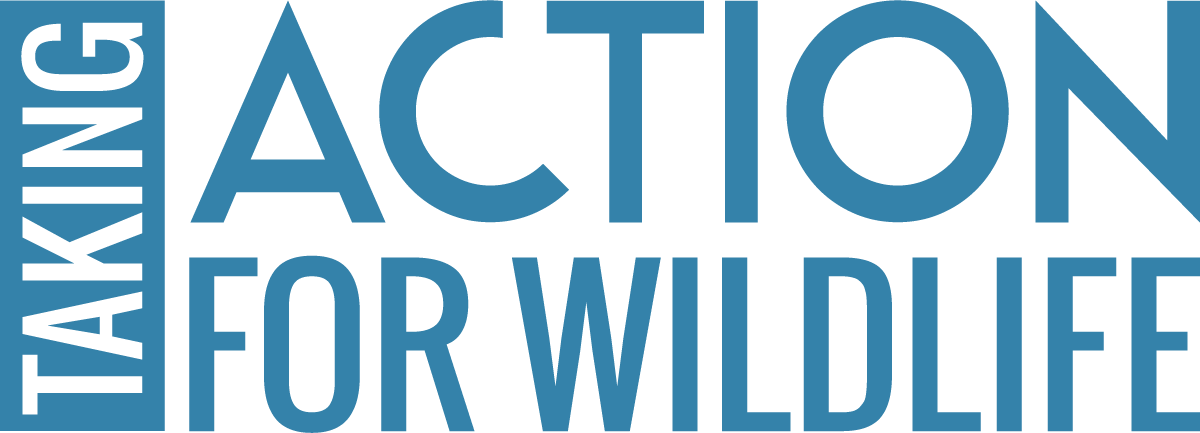Species Spotlight: Horseshoe Crab
The strangely unique horseshoe crab is one of five marine species that are considered Species of Greatest Conservation Need (SGCN) in New Hampshire. Particularly if you are a birder or a fisherman, you may already know the important ecological role that the horseshoe crab serves.
Each year, these animals lay masses of eggs on coastal beaches, many of which become a source of energy-rich nutrition for migrating shorebirds. Seasoned fishermen know that horseshoe crab eggs are great attractant for American eel, lobster, and conch.
Horseshoe crab populations in the northeast may be in some trouble. In addition to some environmental stressors, approximately 500,000 horseshoe crabs are collected each year by the biomedical industry for Limulus amebocyte lysate -- a component of their unique blue blood that can detect foreign bacteria on medical instruments and in drugs. Once a portion of their blood has been collected for this purpose, the horseshoe crabs are returned back to the ocean; and unfortunately, some mortality occurs through this process.
As a member of the Atlantic States Marine Fisheries Commission, New Hampshire abides by the Horseshoe Crab Interstate Fishery Management Plan. By including this species in the NH Wildlife Action Plan as an SGCN, the horseshoe crab has now received a state-specific threat assessment. This assessment revealed that pollution, in the form of excess nutrients from run-off, is a serious threat to horseshoe crabs. Nutrients picked up in run-off enter the tidal flats of Great Bay, Hampton, and Seabrook estuaries where horseshoe crabs congregate. This can expose wildlife to green algal disease, which is known to cause deformed shells, degeneration and loss of ocular structures, erosion of the joints, cardiac hemorrhage, and the loss of tissue function in horseshoe crabs.
Horseshoe crabs have the potential to be negatively impacted by warming ocean temperatures. Both higher temperatures and increased salinity can stunt embryonic development, and temperatures above 94°F are lethal to horseshoe crab embryos. As temperature increases, their tolerance to petroleum hydrocarbons decreases, making them even more vulnerable to extirpation in the event of an oil spill.
One action New Hampshire can take to protect horseshoe crabs is to limit the possibility of an oil spill near estuaries and implement ways to increase the response time to oil spills. This will help limit the damage a spill can have on the environment and on the horseshoe crab population. Increased coordination between agencies and the public, with coordinated strategies for quick response when an oil spill occurs, will help protect marine resources. For more details about horseshoe crabs in New Hampshire, check out the species profile at http://www.wildlife.state.nh.us/wildlife/wap.html.

